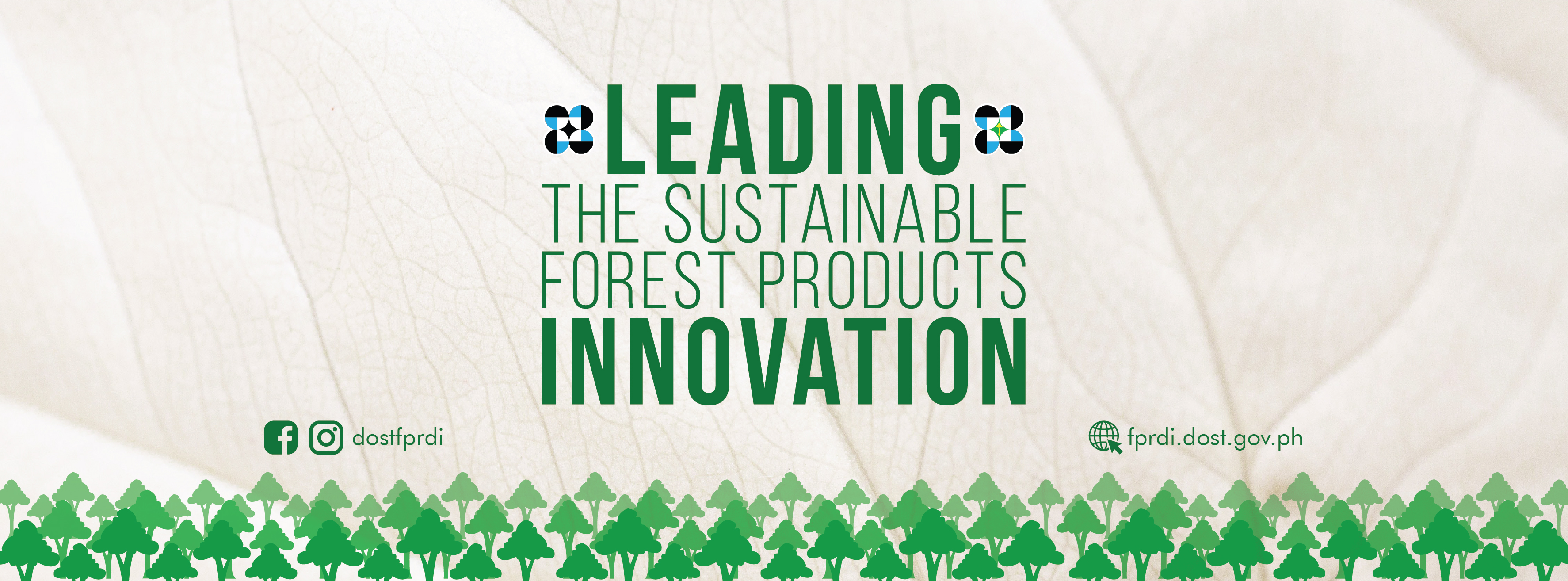FPRDI and DA-BAR project seeks to build pili enterprise in Cam Norte
July 8, 2013
The pili (Canarium ovatum Engl.) industry of the province of Camarines Norte is about to get a boost as the Forest Products Research and Development Institute (FPRDI) recently teamed up with the Department of Agriculture’s Bureau of Agricultural Research (DA-BAR) and the Camarines Norte Pili Growers and Processors Association (CNPGPA) for the project “Technology Adoption and Utilization of Community-Based Pili and By-products Processing and Packaging in the Province of Camarines Norte”. The inception meeting was held on 09 May 2013 at the Office of the Provincial Agriculturist in Daet, Camarines Norte.
Explained Project Leader For. Arsenio B. Ella, Scientist III at FPRDI, “Confectionaries are the most popular products made from the pili nut. The local government, however, wants to maximize the use of the nut and explore other kinds of products that can be made out of it.”
The project aims to develop a community-based pili pulp enterprise by training the locals on the production of pili pulp oil and other pulp by-products such as pickles, flour and purèe. It also aims to install processing equipment, improve oil productivity, develop and promote products, and establish market linkages. Such activities will be led by the local government of Camarines Norte and the Department of Trade and Industry- Camarines Norte. The training on resin tapping and charcoal briquetting using pili shells is also planned, which will be handled by the FPRDI.
According to Ella, the pili nut is 68% pulp, 25% shell, and 7% kernel. “Pili pulp oil can be used in food preparation, pharmaceuticals and cosmetics. It also has substances that prevent acnes, making it a good ingredient for bath soaps and massage oil,” he added.
Pili trees grow abundantly in the Bicol Region, with products exported to Australia, Canada, China, France, Germany and the U.S., among others. At present, there are more than 10,500 productive pili trees in Camarines Norte alone.
The project is funded by the DA-BAR and will be also be implemented with the help of the Department of Science and Technology- Camarines Norte, Regional and Provincial Agricultural Offices, and the Camarines Norte State College. ### (Apple Jean C. Martin, 18 June 2013)










